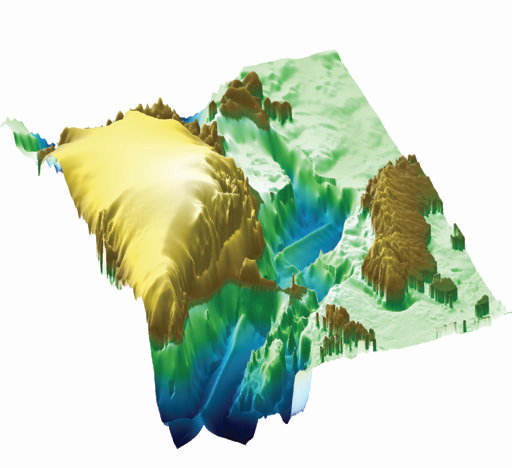|
Water Planet An Umbrella Project at the Centre for Earth Evolution and Dynamics |

|
Research Topics: Mantle Dynamics | Volcanism | Surface Deformation | Seafloor Geology | Planets |
Water and Seafloor Geoloogy
|
While Earth’s continents have been explored and studied in detail, the other ~70% of our planet’s surface has been more difficult to study because it is covered by water. Indeed, massive features such as Earth’s global mid-ocean ridge system were discovered as late as the 1950s, and only after extensive shipboard mapping efforts. Now, satellite mapping of gravity variations give a much more detailed picture of seafloor topography, but our knowledge of seafloor processes is still very much limited by the underwater environment. Despite these challenges, some of our most fundamental advances in the earth sciences, such as the theory of plate tectonics, have resulted from geological and geophysical observations of the ocean floor. This is because the continuous recycling of seafloor into Earth’s interior links it tightly to our planet’s interior processes and keeps it young enough (less than 180 million years, compared to Earth’s age of 4.54 billion years) that key tectonic and volcanic processes can be observed in a relatively pristine state. For these reasons, marine geology and geophysics represents an important frontier for the Earth sciences, despite the difficulty of making observations beneath a covering of water.
Seafloor Volcanism The seafloor itself originates from volcanism at the mid-ocean ridges, which forms the oceanic crust. This volcanism interacts with mid-ocean faulting, and possibly also climate-induced variations in sea level, to form the abyssal hill fabric of the seafloor that is present across the seafloor (Fig. 1). The seafloor is also covered with tens of thousands of seamounts, which are individual volcanic structures on the seafloor (e.g., Fig. 2) that erupted within the interiors of the oceanic plates. Some of these seamounts are thought to be associated with plumes rising from the deep mantle, but most are poorly understood. Observations of the size, age, and spatial distributions of these seamounts (Fig. 3), as well as numerical modeling, geochemical observations, and seismic analysis of individual seamounts (Fig. 4) can help us to understand their origin. Finally, some of Earth’s largest volcanic events are preserved on the seafloor as Large Igneous Provinces (LIPS). The eruption of these massive features probably changed Earth’s climate and undoubtedly result from important, but poorly-understood, dynamical processes within Earth’s interior.
Submarine Volcanism The seafloor itself originates from volcanism at the mid-ocean ridges, which forms the oceanic crust. This volcanism interacts with mid-ocean faulting, and possibly also climate-induced variations in sea level, to form the abyssal hill fabric of the seafloor that is present across the seafloor (Fig. 1). The seafloor is also covered with tens of thousands of seamounts, which are individual volcanic structures on the seafloor (e.g., Fig. 2) that erupted within the interiors of the oceanic plates. Some of these seamounts are thought to be associated with plumes rising from the deep mantle, but most are poorly understood. Observations of the size, age, and spatial distributions of these seamounts (Fig. 3), as well as numerical modeling, geochemical observations, and seismic analysis of individual seamounts (Fig. 4) can help us to understand their origin. Finally, some of Earth’s largest volcanic events are preserved on the seafloor as Large Igneous Provinces (LIPS). The eruption of these massive features probably changed Earth’s climate and undoubtedly result from important, but poorly-understood, dynamical processes within Earth’s interior.
Paleobathymetry The depth of the seafloor is controlled by the seafloor’s age and sediment cover, and by mantle processes that can cause broad-scale uplift or subsidence. We have developed reconstructions for all of these contributions for times in Earth’s geologic past, and this has enabled us make maps of “paleobathymetry”, which is the depth and first order seafloor morphology for past times (Fig. 6). Such maps can be used to understand how changes to the “container volume” of the seafloor have affected global sea level (see section on Water and Surface Deformation), and how past ocean circulation patterns may have affected paleoclimate.
References Conrad, C. P. (2015), How climate influences sea-floor topography, Science, 347(6227), 1204-1205, doi:10.1126/science.aaa6813.Conrad, C. P., K. Selway, M. M. Hirschmann, M. D. Ballmer, and P. Wessel (2017), Constraints on volumes and patterns of asthenospheric melt from the space-time distribution of seamounts, Geophysical Research Letters, 44(14), 7203-7210, doi:10.1002/2017GL074098. Gaina, C., A. Blischke, W. H. Geissler, G. S. Kimbell, and Ö. Erlendsson (2016), Seamounts and oceanic igneous features in the NE Atlantic: a link between plate motions and mantle dynamics, Geological Society, London, Special Publications, 447, doi:10.1144/sp447.6. Kim, S.-S., and P. Wessel (2011), New global seamount census from altimetry-derived gravity data, Geophysical Journal International, 186(2), 615-631, doi:10.1111/j.1365-246X.2011.05076.x.
|

|
 |

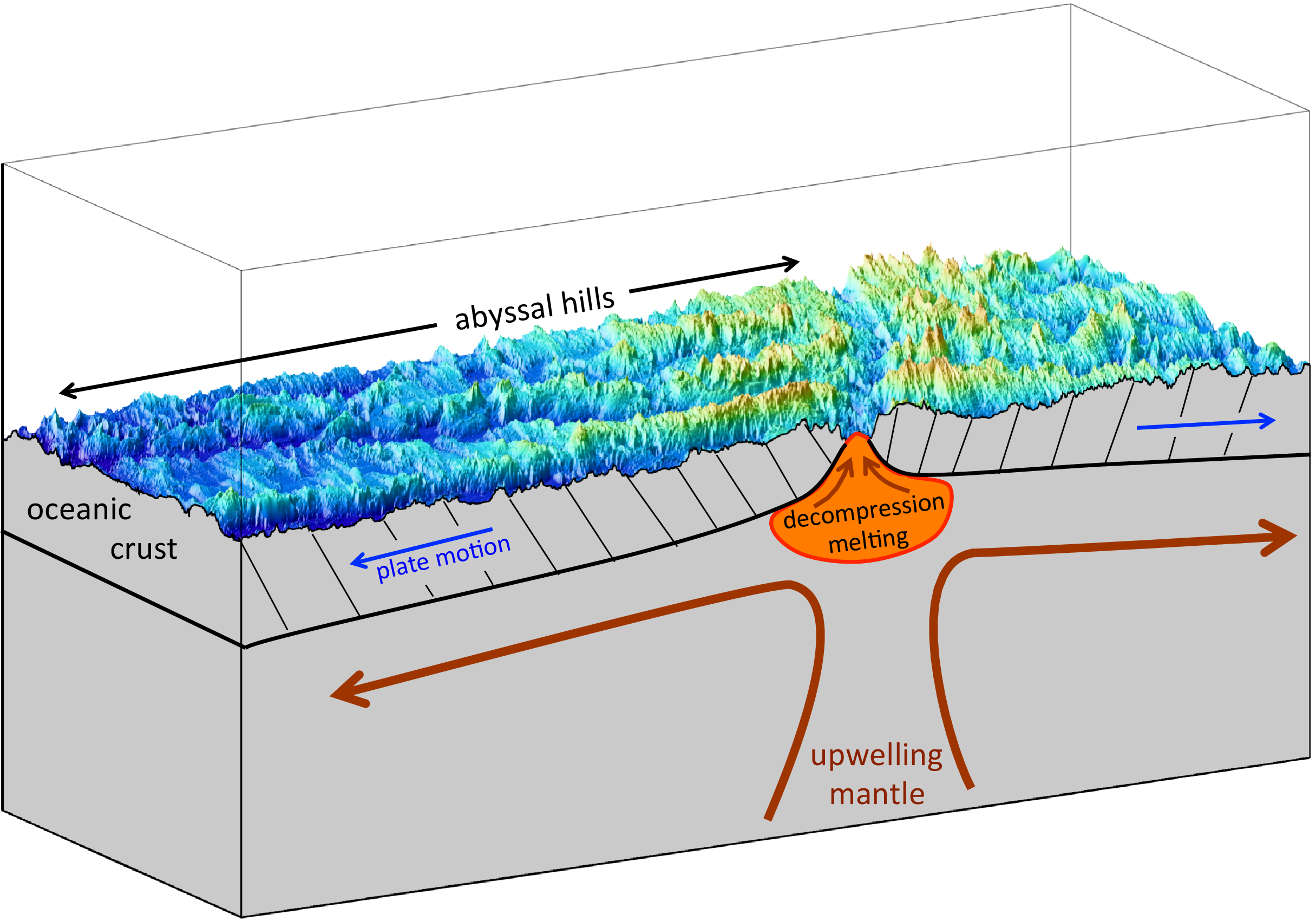
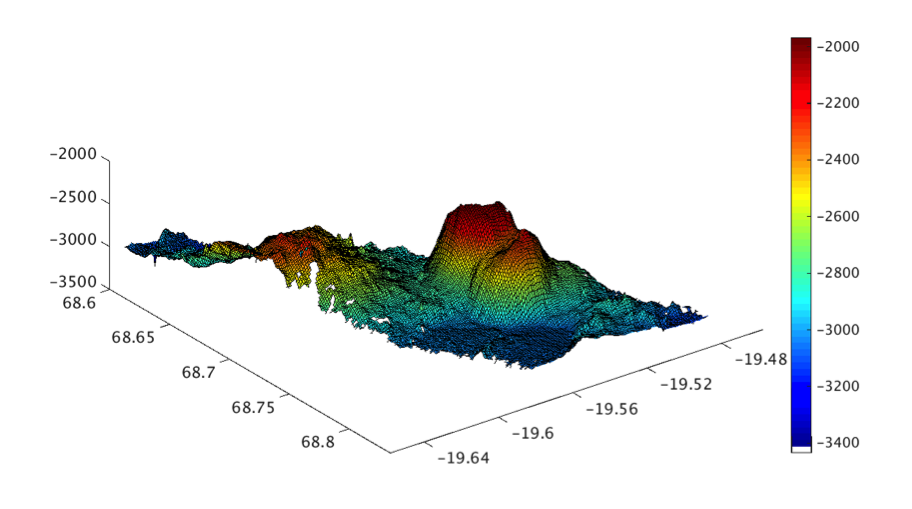
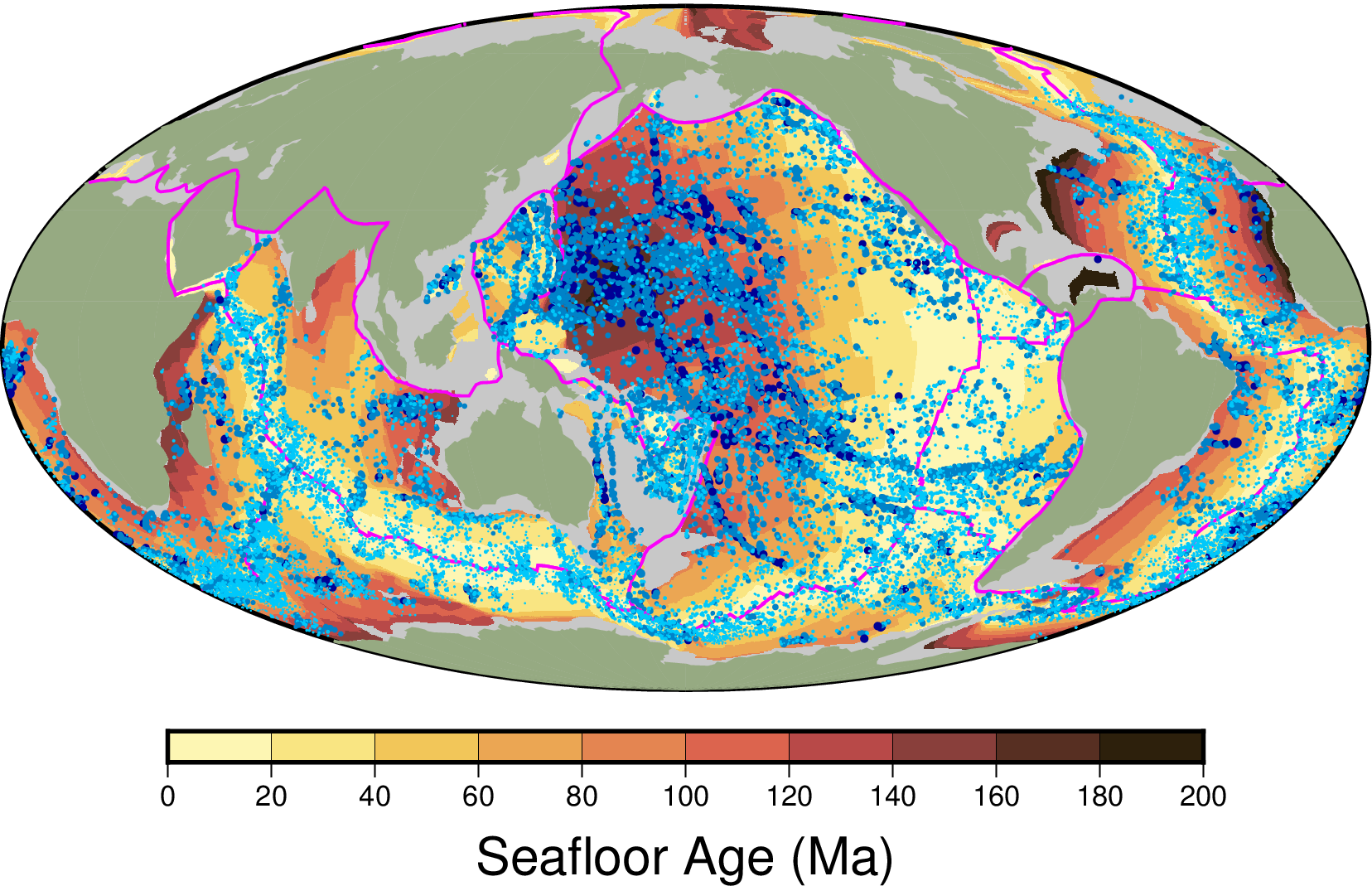 Figure 3. Locations of seamounts from the catalog of Kim and
Wessel (2011), showing the age of the seafloor on which they are
emplaced (background colors) and seamount height (indicated by
relative size of circle, and color where light, medium and dark
blues represent seamounts with heights smaller than 1 km, 1 to 3
km, and greater than 3 km, respectively (after Conrad et al.,
2017).
Figure 3. Locations of seamounts from the catalog of Kim and
Wessel (2011), showing the age of the seafloor on which they are
emplaced (background colors) and seamount height (indicated by
relative size of circle, and color where light, medium and dark
blues represent seamounts with heights smaller than 1 km, 1 to 3
km, and greater than 3 km, respectively (after Conrad et al.,
2017).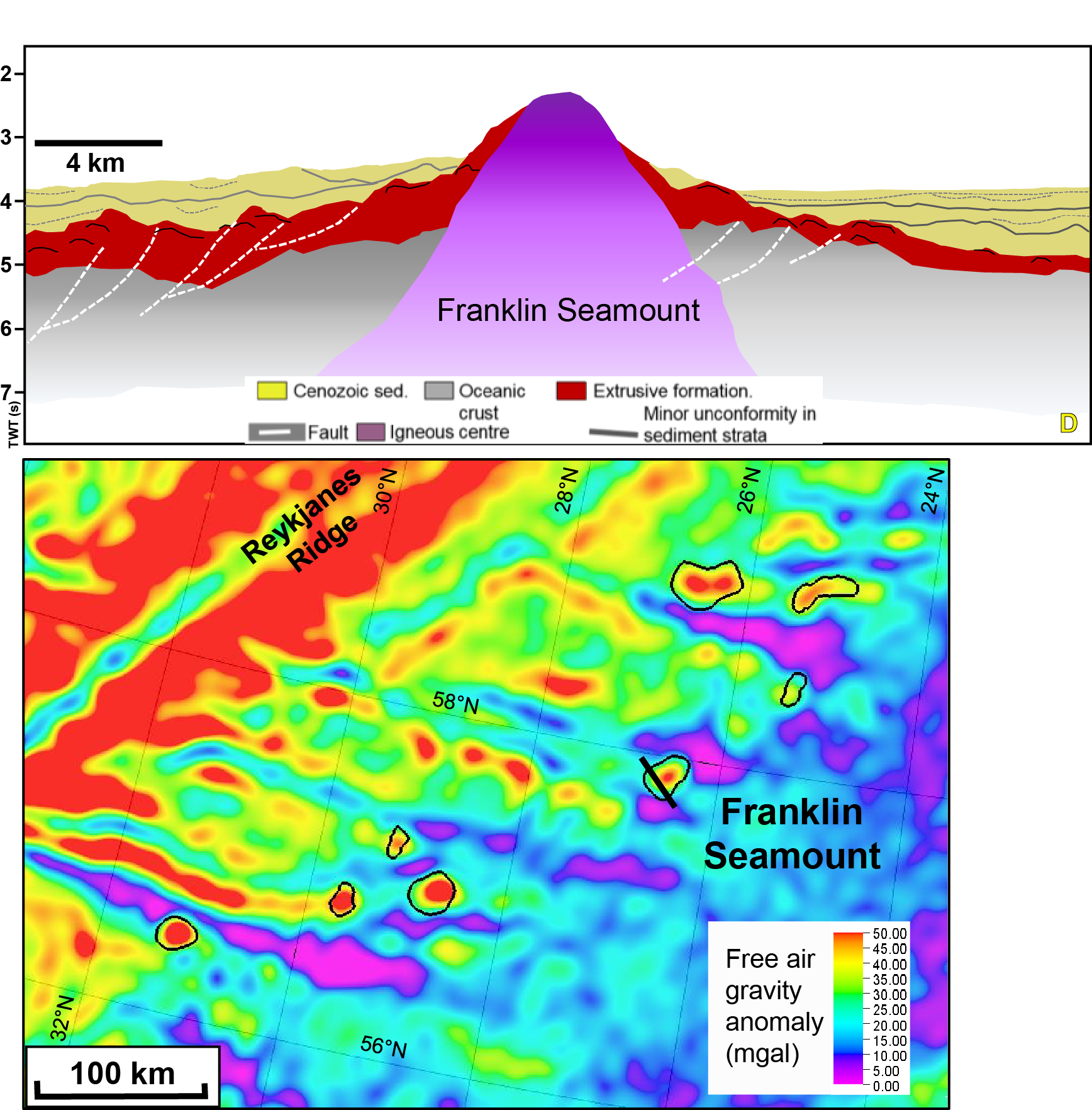
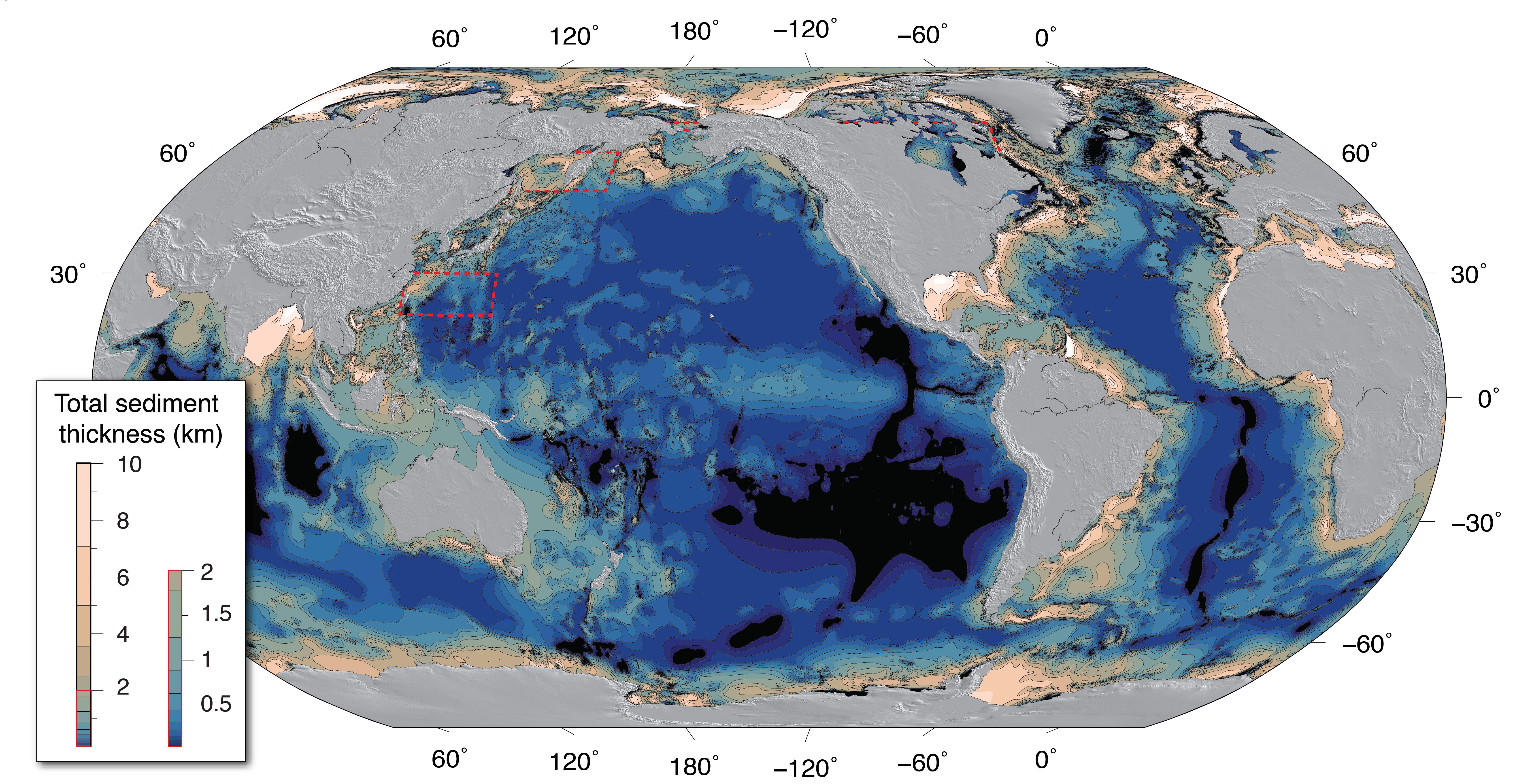 Figure 5. Sediment thicknesses on the present-day seafloor (figure courtesy of E. Straume).
Figure 5. Sediment thicknesses on the present-day seafloor (figure courtesy of E. Straume).